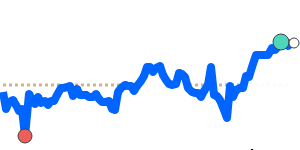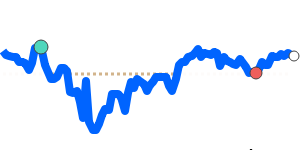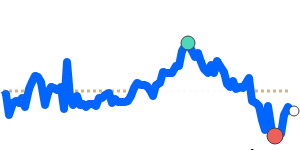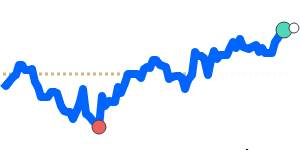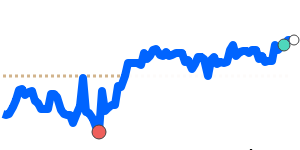The Mexican Peso (MXN) has recently demonstrated notable strength, reaching a 17-month high at 17.97 per USD as of December 15, 2025. Analysts attribute this appreciation to a combination of a weaker U.S. dollar and Mexico’s maintained high benchmark interest rates. The Bank of Mexico (Banxico) has made significant cuts to its benchmark rate—reducing it by 275 basis points to 7.75% throughout 2025—aiming to bolster economic growth amidst global uncertainties.
Furthermore, Mexico’s trade landscape has improved with the recent attainment of temporary exemptions from U.S. tariffs on autos and steel, which has alleviated potential downward pressure on the peso. This, combined with a robust nearshoring trend where U.S. companies are relocating production to Mexico, has supported export resilience and contributed to the peso’s value.
Recent price data highlights that the MXN to USD exchange rate at 0.055832 is 2.3% above its three-month average of 0.0546, reflecting stability within a 4.5% range from 0.053496 to 0.055898. The MXN to EUR has also shown strength at 0.047422, 1.1% above its three-month average of 0.046902, while maintaining a narrow range of fluctuations. The MXN to GBP exchanges at 0.041357, just slightly above its three-month average by 0.8%. Notably, the MXN to JPY stands out with a price of 8.7419, which is 4.1% above its average, albeit within a more volatile range.
Overall, these developments indicate a favorable backdrop for the Mexican Peso, supported by both domestic policy actions and advantageous external market conditions, making it an important time for businesses and individuals engaging in international transactions to review their currency management strategies.
